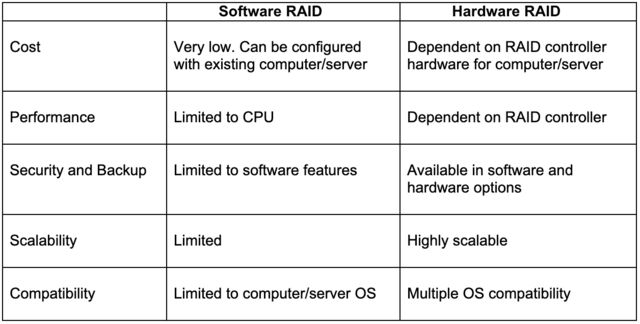
If there are spare disks present, the removedįail Mark the given disks(s) as failed, removing from active use un. Remove Remove the specified provider(s) from the specified array andĮrase metadata. Insert Insert specified provider(s) into specified array instead of theįirst missing or failed components. f Delete volume(s) even if it is still open. Or num arguments allow specifying volume for deletion. The name argument is the name of existing array. Is deleted, the array is also deleted and its metadata erased. The rest of arguments are the same as for the label command.ĭelete Delete volume(s) from the existing array. Is the name of the existing array, reported by label command. s strip Specifies strip size in bytes.ĝefaults to 131072.Īdd Create another volume on the existing array. Later.ĝefaults to size of the smallest component. Planned, or if smaller components going to be inserted Should be used if several volumes per array are S size Use size bytes on each component for this volume. fĞnforce specified configuration creation if it is of-įicially unsupported, but technically can be created. The order of components can be important, depending on specific The spe-Ĭial name "NONE" can be used to reserve space for absent disks. List enumerates providers to use as array components. The level argument specifies the RAID level of the cre-Īted volume, such as: "RAID0", "RAID1", etc.

The label argument specifies the label of the created The format argument speci-įies the on-disk metadata format to use for this array, such as Label Create an array with single volume. The first argument to graid indicates an action to be performed:
#Graid softraid free#
Volumes via the RAID BIOS interface, while experienced users are free to To guarantee that these match, it is recommended to create

Volume, the metadata format should match the RAID BIOS type and its capa-īilities. Provide access to software-RAID volumes defined by different RAID BIOSes.ĭepending on RAID BIOS type and its metadata format, different subsets ofĬonfigurations and features are supported.

#Graid softraid software#
The graid utility is used to manage software RAID configurations, sup. graid list graid status graid load graid unload DESCRIPTION graid add name label level graid delete name SYNOPSIS graid label format label level prov. NAME graid - control utility for software RAID devices
#Graid softraid manual#
GRAID(8) FreeBSD System Manager's Manual GRAID(8) It uses the RAID card for better performance and to create more types of RAID sets.FreeBSD Manual Pages man apropos home | help
#Graid softraid pro#
If you have a Mac Pro with a Mac Pro RAID card, use RAID Utility. If you are creating a mirrored RAID set, select the “Automatically rebuild” checkbox to allow the set to be automatically rebuilt when member disks are reconnected. For example, when working with video files, your Mac is accessing large chunks of data, whereas when using a database of many small records, your disks may be accessing smaller chunks of information. With mirrored disk sets, choose a chunk size that matches the data you’re accessing. If you want high data throughput from your set, choose a smaller chunk size so that data is spread across the drives and one drive can be accessing data while another is seeking the next chunk. Ideally, you want data distributed across drives evenly and at an optimum size so that it can be efficiently accessed. When you create a striped set, chunks of data from the same file are distributed across the drives. (See File system formats available in Disk Utility.)Ĭlick the “Chunk size” pop-up menu, then choose a disk chunk size that you want used for all the disks. Select the checkboxes of the disks you want to include in the set.įor each disk, click the pop-up menu in the Role column and choose “RAID slice” or “Spare” to designate the disk as a standard member or spare in the set, then click Next.Įnter a name for the RAID set in the RAID Name field.Ĭlick the Format pop-up menu, then choose a volume format that you want for all the disks in the set.

If you need one large disk, but you have several smaller disks, you can create a concatenated disk set to use as one large disk. You can’t create a RAID set on your startup disk you must first start up your computer from another disk.Ĭoncatenated (JBOD) set: Increase storage space with a concatenated disk set. When you create a mirrored RAID set, your data is written to multiple disks so the information is stored redundantly. Mirrored (RAID 1) set: Protect your data against hardware failure with a mirrored RAID set. You can’t create a RAID set on your startup disk you must first start up your computer from another disk. Striped (RAID 0) set: A striped RAID set can speed up access to your data. In the Disk Utility app on your Mac, choose File > RAID Assistant.


 0 kommentar(er)
0 kommentar(er)
